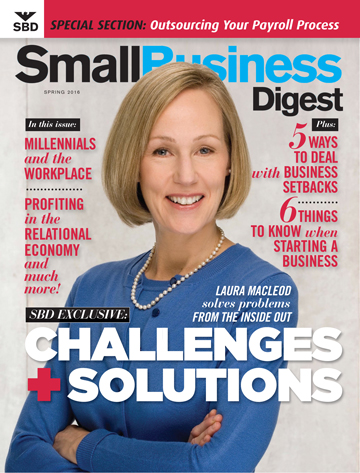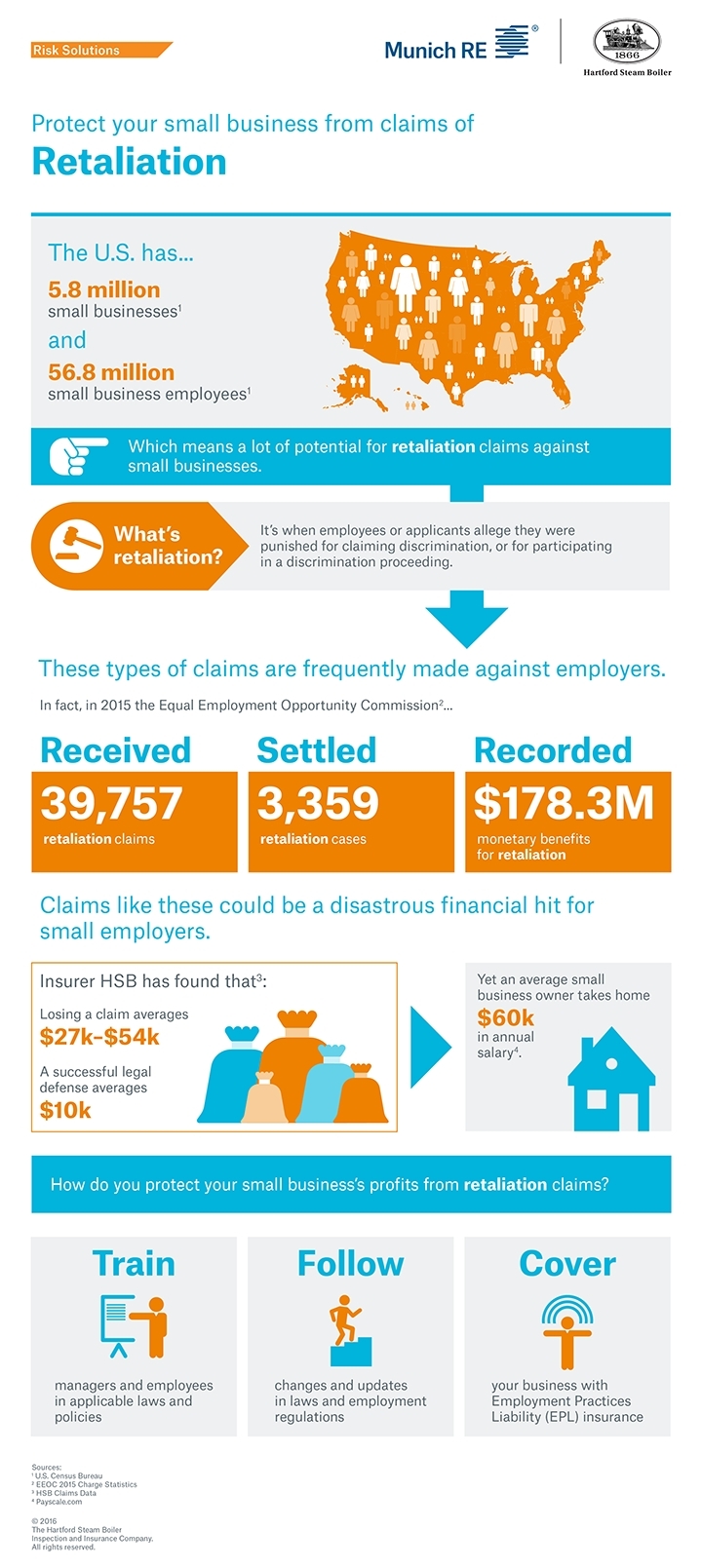i Every New Small Business Needs A Capitalization Table
A new business needs to know where it is headed. Particularly when it comes to its stock distribution.
James T. Carroll, Perkins Coie LLP suggests that one of the first steps in forming a startup, even before any documents are drafted or signed, is creating a capitalization or “cap.” table.
A cap. table is a fundamental tool for illustrating the ownership of a company and understanding the potential effects of dilution on the value of outstanding stock, so cap. table fluency is a key skill for startup founders when allocating founder equity and negotiating the terms of equity compensation and financings.
Running a startup without a cap. table is like piloting an aircraft at night without instruments - although you might have a good relative sense of where you are and where you’re headed, precision is difficult, and the consequences of inaccuracy are serious. A well maintained cap. table provides a dashboard for the startup founder to quickly view the status of the company’s ownership and determine the impacts of future equity transactions. Startups that elect to operate without them risk over-diluting their stockholders, paying hefty clean-up fees to corporate counsel or losing key equity deals.
Typically done on a spreadsheet application like Excel, a cap. table shows the number and type of all classes and series of stock and other equity rights held by each respective holder of those rights, along with other shares of stock that, although not yet issued, are reserved by the company to fulfil current or future rights to such shares. For example, if the company establishes a pool of common stock for a stock option plan to incentivize its employees, the shares in that pool will be included in the cap. table.
As companies grow and issue more stock or options to raise capital or compensate employees, their cap. tables can become long and complicated, but at the formation stage, cap. tables are relatively simple and require just a few key elements to describe the company’s ownership structure (which can then be transcribed into dense legalese by the company’s lawyers).
There’s no one right way to draft a cap. table, but using a conventional format and common terms make it easier for others to understand.
Caroll explains some of the terms most commonly used in preparing a cap table:
Authorized Shares: These are all the shares of stock that the company may issue - the number is set in the company’s certificate (or articles) of incorporation, the “charter” document that is filed with the state and available to the public, and can only be changed by filing an amendment to the charter. For typical startup companies, this number is in the low seven-figure range, which allows for smaller numbers of whole shares to be granted as options or stock awards to employees or consultants.
Outstanding Shares: These are the shares of stock that have been issued and are still held by the stockholders, which, in the above example, are all the shares of common stock held by the founders or co-founders of the company.
Shares Reserved for Stock Option Plan: These shares are often referred to as the “pool” - they are not outstanding shares (no stockholder holds them), but they are reserved or, in other words, set aside, for later issuance by the company when stock options are exercised. Typically, the size of the pool at the formation stage ranges between ten and twenty percent of the fully diluted shares (explained below). Note that other forms of equity compensation, such as stock awards, may also be granted from this pool, depending on the complexity of the company’s equity incentive plan.
Remaining Unissued Shares: These are the left-over authorized shares - shares that are available for the company to issue and that are not otherwise reserved (unlike the shares reserved for the stock option plan). Having a small number of remaining unissued shares can be useful if the company later wants to issue additional stock to a new co-founder or reserve more shares for the pool without filing an amendment to its charter. Note, however, that if the company is a Delaware corporation, it’s a good rule-of-thumb to never have more than half of the company’s authorized shares unissued; otherwise, the company could owe a significantly higher annual franchise tax under Delaware’s “assumed par value” tax calculation method.
Fully Diluted Shares: This is the number of shares that would be outstanding if all possible sources of stock were converted or exercised - in the above example, if stock options were granted for all of the shares of stock reserved for the pool and all of those options were fully exercised. Stockholders, especially investors, like to see their ownership expressed in terms of fully diluted shares to conservatively determine the value of their shares, assuming that the entire pool will be used and any options, warrants and notes convertible to stock will be exercised or converted. Note that the percentage of fully diluted shares will be lower than the percentages of the “founder split” - in the above example, Bernard Marx got 50% of the outstanding common stock; but when Mustapha Mond’s option and the remaining pool are factored in, he has only 40% of the fully diluted shares of the company.
For drafting a cap. table for a new startup, that’s all the founders should need to know. Of course, as the company grows and evolves to higher levels of complexity, so will its cap. table, but the fundamentals of cap. table anatomy explained here will remain the same.
James T. Carroll is a counsel in Perkins Coie’s Emerging Companies & Venture Capital practice. He is based in the firm’s Seattle office and focuses his practice on the representation of start-up and high-growth technology companies.




